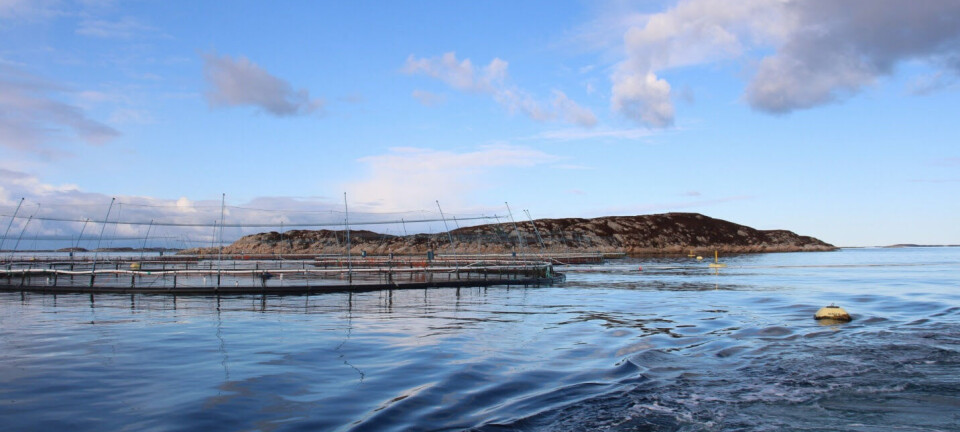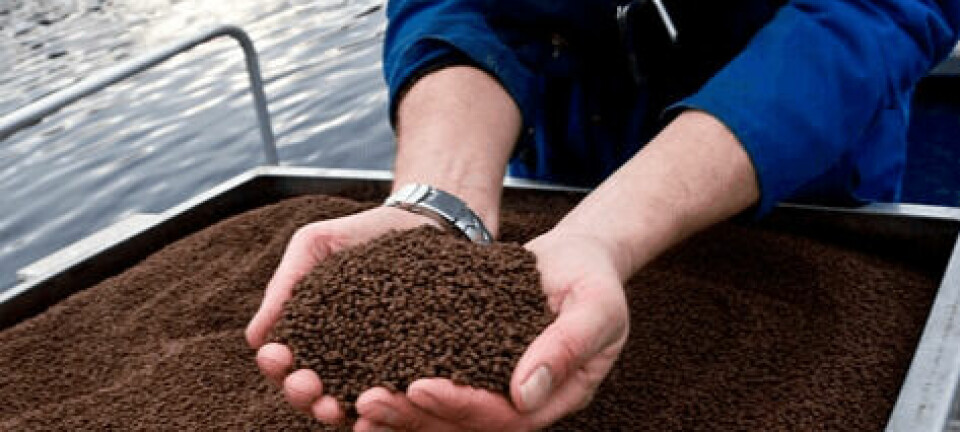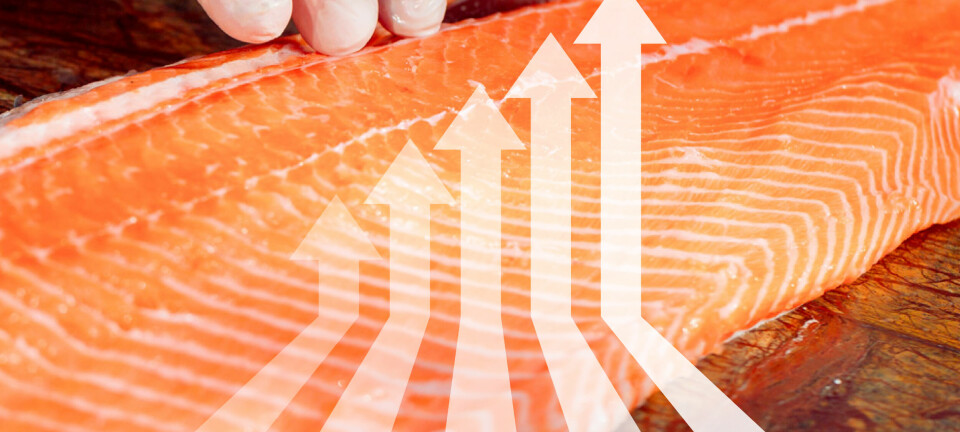
India simplifies the rules for aquaculture
2005 law amended to help maintain growth in sector
India’s parliament has amended legislation to make it clear that hundreds of thousands of small marginal aquaculture farmers will not have to obtain Coastal Regulatory Zone (CRZ) clearances from multiple agencies.
Other amendments to 2005’s Coastal Aquaculture Authority (CAA) Act include specific exemption for the establishment of aquaculture units such as hatcheries, broodstock multiplication centres (BMC) and nucleus breeding centres (NBC) within the No Development Zone (NDZ) of a CRZ, which extends 200 metres from the high tide line.
The government said such centres can be established only in areas having direct access to seawater and that it intends to enable and facilitate them as part of its policy create facilities that produce genetically improved and disease-free stocks for use in coastal aquaculture.
CRZs were created to conserve and protect coastal stretches; ensure livelihood security to the fishing and local communities; and promote development in a sustainable manner based on scientific principles.
Potential for jobs
In a press release, the government explained that when the CAA Act was passed in 2005, coastal aquaculture activity was essentially shrimp farming. Now newer forms of environment friendly coastal aquaculture such as cage culture, seaweed culture, bi-value culture, marine ornamental fish culture, pearl oyster culture, etc., have emerged which can be done in coastal areas and mostly within CRZs.
These activities also have the potential for generating huge revenue and creating large scale employment opportunities for coastal fisher communities, especially fisherwomen, and hence need to be promoted by bringing them within the ambit of CAA Act, said the government.
The CAA (Amendment) Act passed this week also removes a punishment of up to three years in prison for carrying out coastal aquaculture without registration and replaces it with penalties more in line with a non-criminal civil transgression.
The Amendment Bill provides for the term “coastal aquaculture” to comprehensively cover all activities of coastal aquaculture and remove the ambiguity existing in the CAA Actl Act. “This is likely to ensure that no coastal aquaculture activity is left out of the ambit of the Act and operate in an environmentally hazardous manner,” said the press release.
A million tonnes of shrimp
According to the government, the CAA Act 2005 had made possible the rapid and sustainable, environment friendly development of coastal aquaculture in the coastal states and territories without causing any environmental hazard.
This in turn had facilitated creation of millions of jobs and self-employment opportunities, enhanced incomes to aquafarmers, and catalysed growth of businesses and entrepreneurship in aquaculture, including development of a vibrant aquaculture support industry. As a result, said the government, coastal aquaculture is one of the major success stories crafted by diverse and hardworking small farmers and educated youth of 2-4 hectares land holding around the fulcrum of vibrant policy support of government.
During the last nine years, the shrimp production of the country increased by 267% from 322,000 tonnes in 2013-14 to a record 1.184 million tonnes (provisional figures) in 2022-23.
The value of shrimp exports has more than doubled with an increase of 123% from 19,368 crore (193.68 billion) Indian rupees in 2013-14 to Rs 43,135 crore in 2022-23 with the United States being the largest importer. The Indian states of Andhra Pradesh, Gujarat, Odisha and Tamil Nadu have contributed substantially to the growth of coastal aquaculture shrimp production and export.
Read more about the rule changes here.























































